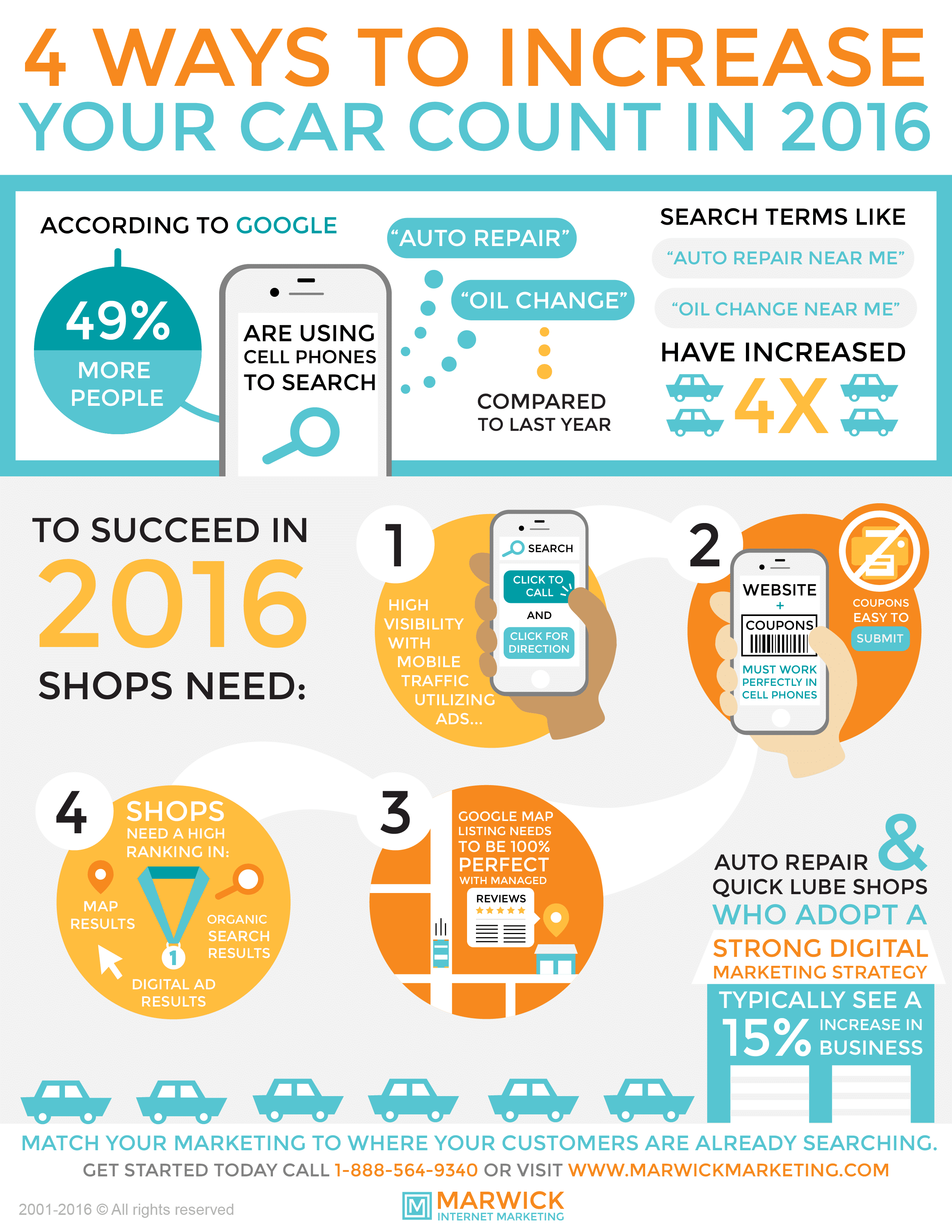Analyzing Your Auto'S Caution Indicators: What They Really Communicate
Analyzing Your Auto'S Caution Indicators: What They Really Communicate
Blog Article
Material Create By-Lauritsen Winters
When you're behind the wheel, those glowing caution lights on your control panel can be a little bit bewildering. Do you know what they're attempting to tell you concerning your auto's wellness? Recognizing the value of these lights is vital for your security and the long life of your vehicle. So, the next time among those lights pops up, wouldn't you want to decipher its message accurately and take the necessary actions to resolve it?
Common Caution Lights and Interpretations
Identify common warning lights in your vehicle and recognize their significances to make sure secure driving.
One of the most regular caution lights include the check engine light, which signals problems with the engine or emissions system. If this light comes on, it's important to have your vehicle examined promptly.
The oil stress warning light indicates reduced oil stress, requiring instant attention to prevent engine damage.
A blinking battery light may recommend a malfunctioning charging system, potentially leaving you stranded otherwise attended to.
The tire pressure tracking system (TPMS) light notifies you to reduced tire stress, influencing vehicle security and fuel performance. Overlooking this might lead to dangerous driving conditions.
The abdominal muscle light suggests an issue with the anti-lock braking system, jeopardizing your capacity to stop promptly in emergency situations.
Lastly, the coolant temperature level cautioning light warns of engine getting too hot, which can lead to extreme damage if not settled quickly.
Comprehending these common warning lights will aid you resolve concerns promptly and maintain secure driving problems.
Value of Prompt Focus
Recognizing the common warning lights in your vehicle is only the initial step; the relevance of quickly dealing with these warnings can't be stressed enough to ensure your safety and security on the road.
When mobile detailing brightens on your control panel, it's your car's way of communicating a prospective concern that requires focus. Neglecting these warnings can lead to much more severe troubles in the future, jeopardizing your safety and security and possibly costing you much more out of commission.
Trigger focus to warning lights can stop breakdowns and mishaps. For example, a flashing check engine light can suggest a misfire that, if left ignored, might cause damages to the catalytic converter. Resolving this promptly can save you from an expensive fixing.
Similarly, a brake system alerting light could indicate low brake fluid or worn brake pads, vital components for your safety when driving.
Do It Yourself Troubleshooting Tips
If you see a warning light on your control panel, there are a couple of DIY repairing suggestions you can try before looking for professional help.
The very first step is to consult your cars and truck's guidebook to comprehend what the certain caution light suggests. Occasionally the concern can be as basic as a loose gas cap activating the check engine light. Tightening up Click In this article may solve the trouble.
One more usual issue is a low battery, which can trigger various alerting lights. Checking the battery connections for rust and guaranteeing they're safe and secure might fix the trouble.
If a caution light continues, you can try resetting it by separating the vehicle's battery for a few mins and after that reconnecting it. Furthermore, inspecting https://connermhbuo.slypage.com/31742713/discover-the-details-of-specialist-automobile-detailing-enriched-by-the-unique-understandings-of-a-knowledgeable-professional , such as oil, coolant, and brake fluid, can aid repair advising lights related to these systems.
Conclusion
To conclude, comprehending your auto's warning lights is necessary for keeping your automobile running efficiently and safely. By promptly addressing these alerts and understanding what they imply, you can avoid expensive repair work and prospective break downs.
Remember to consult your car's manual for certain information on each cautioning light and do something about it accordingly to ensure a hassle-free driving experience.
Stay educated, stay risk-free when traveling!
